Swimming in the Mystery
June 26, 2025
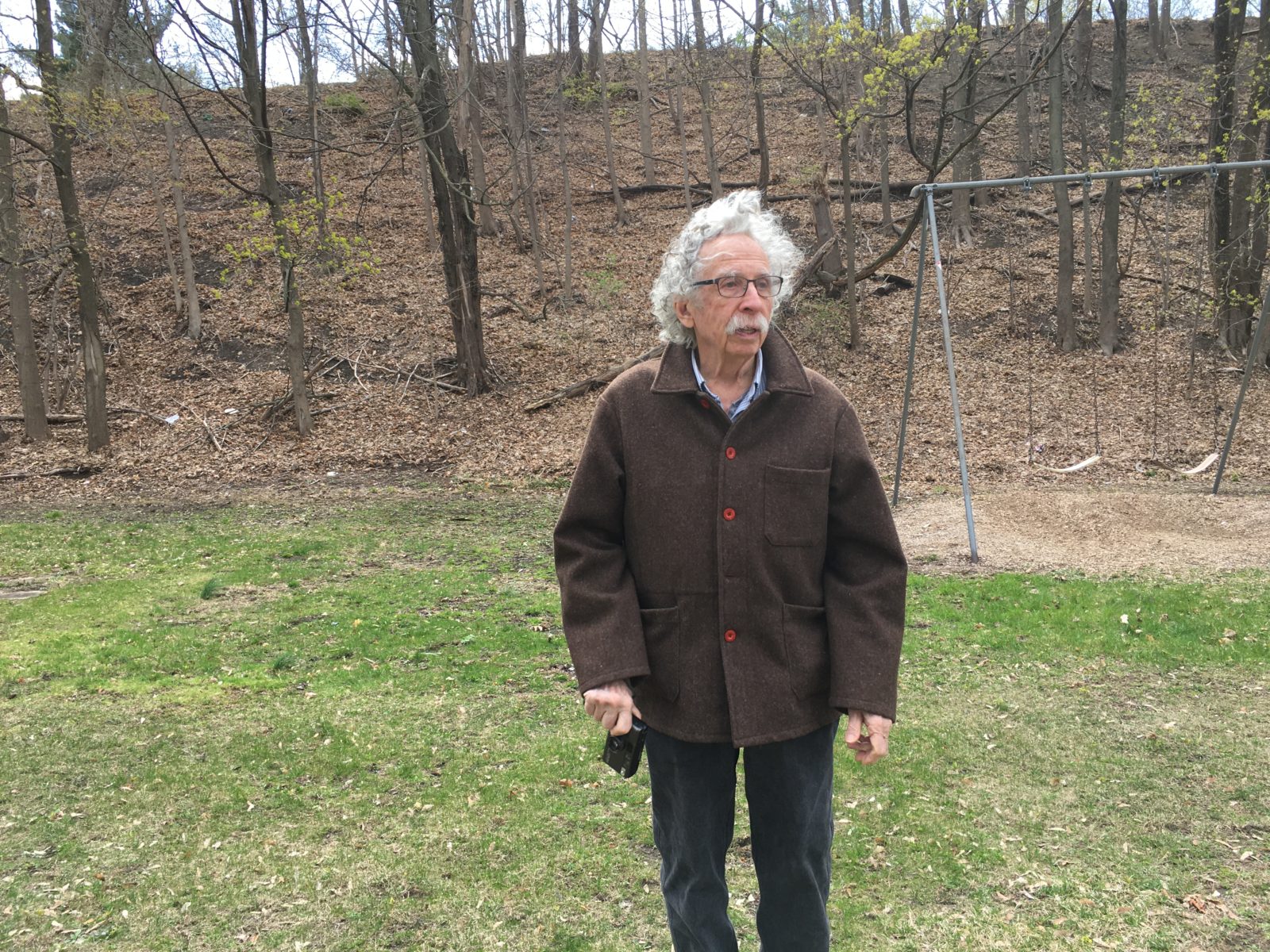
We conducted this oral history (click above link for the complete transcript) with the photographer Philip Perkis on January 19, 2023, and April 14, 2023, at the artist’s home and studio in Stony Point, New York. Perkis’s wife, the artist Cyrilla Mozenter (who took the above picture of Philip), was present and participated in both sessions. Both Philip and Cyrilla have spent decades devoted to making things, and their home is replete with art, books, music, and Philip and Cyrilla’s handmade furniture and textiles. To sit in a room with them and discuss art and life is to touch on far-reaching aspects of our shared and eternal human journey. What does it mean to make something, believe something, want something? How do we decide to do “this” versus “that”? What does it mean to see, and who is the viewer and who the viewed? While this transcript captures our formal interview with Philip, it hopefully also conveys at least a suggestion of the ephemeral and the numinous that permeates all aspects of Philip and Cyrilla’s lived life.
Both sessions of this oral history were videotaped. The video file will be made available as soon as it has been processed and approved by Philip Perkis.
Among other things, in this oral history Philip Perkis talks to us about:
- Growing up in Brookline, Massachusetts, the son of Jewish immigrants from Ukraine.
- His poor performance in school (he would learn at the age of fifty that this was because he was dyslexic) and how his academic struggles at Brandeis University led him to enlist in the Air Force in the early 1950s.
- His experience as a tail gunner on a B-36 heavy bomber and some of his Air Force colleagues, including James Mitchell, who introduced him to photography, and Amiri Baraka (then known as LeRoi Jones), with whom he became friends.
- How important the visual world has always been to him and how, until he experienced vision loss from a retinal occlusion and macular degeneration, he had such exceptional vision that when he was tested by the Air Force as a young man, he could read a newspaper from several feet away.
- His experience of traveling and making photographs—including a series of photographs of Mexico for which he received a Guggenheim Fellowship.
- How he never prints the vast majority of the pictures he shoots and decides which to print by looking at the negatives.
- How he’s less interested in the subject he photographs than in the relationship between subject and tone—visual and emotional, possibly cultural.
- His appreciation for the work of Alfred Stieglitz, Timothy O’Sullivan, Julia Margaret Cameron, and Robert Frank.
- How when he started taking pictures in the 1950s photography wasn’t considered an art by most and photographers were not celebrities.
- Meeting his wife, Cyrilla Mozenter, and their ongoing artist connection and collaboration.
- How he likes to “swim” in mystery and his idea of correspondence: that the voice of an artist derives from the subjects they find in the world that correspond to something within them that they can channel.
- His book, Teaching Photography, which contains some of his most fundamental understandings of both photography and life.
- His vision loss from a retinal occlusion and macular degeneration.
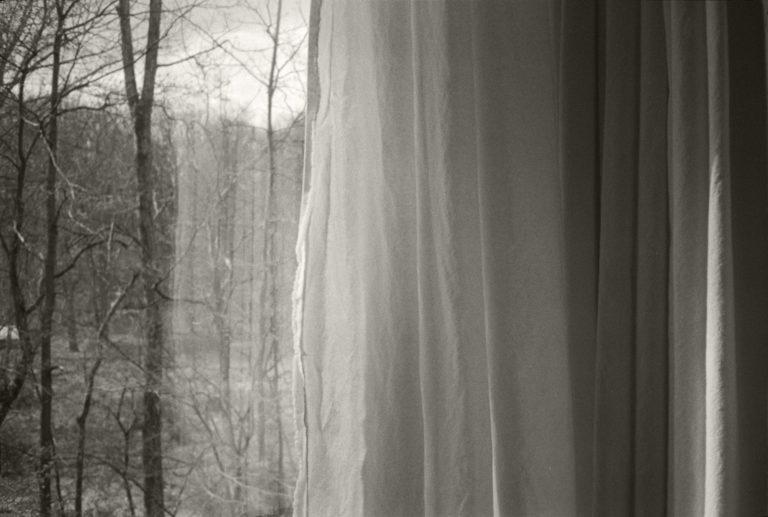
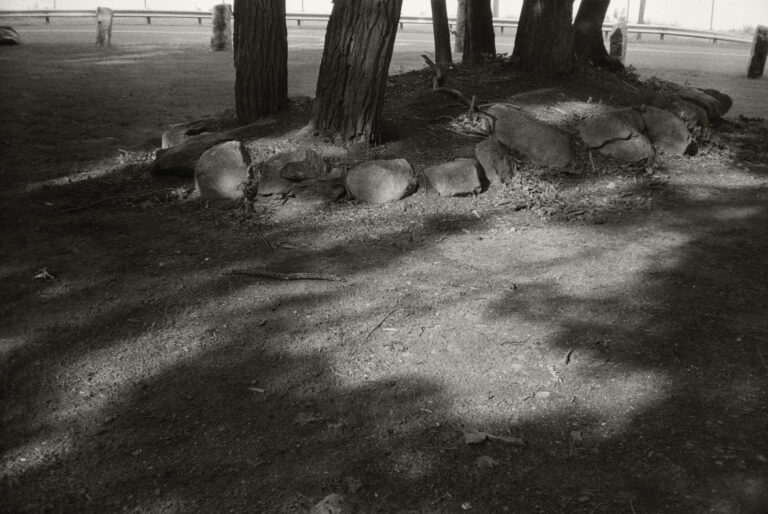
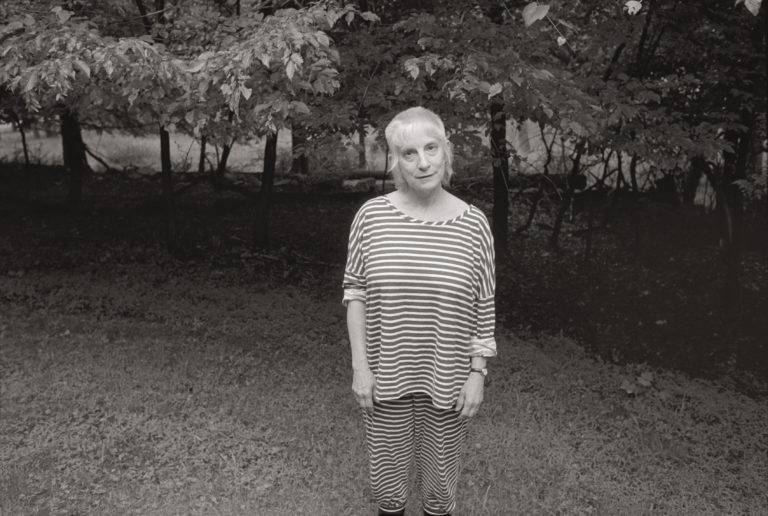
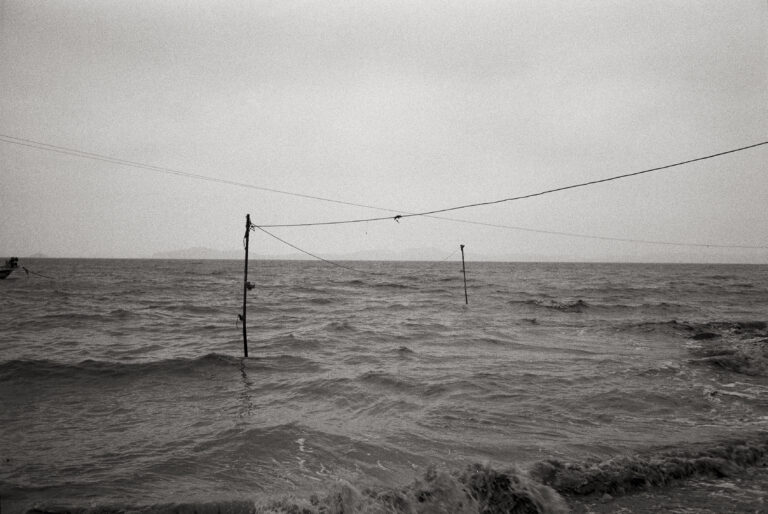
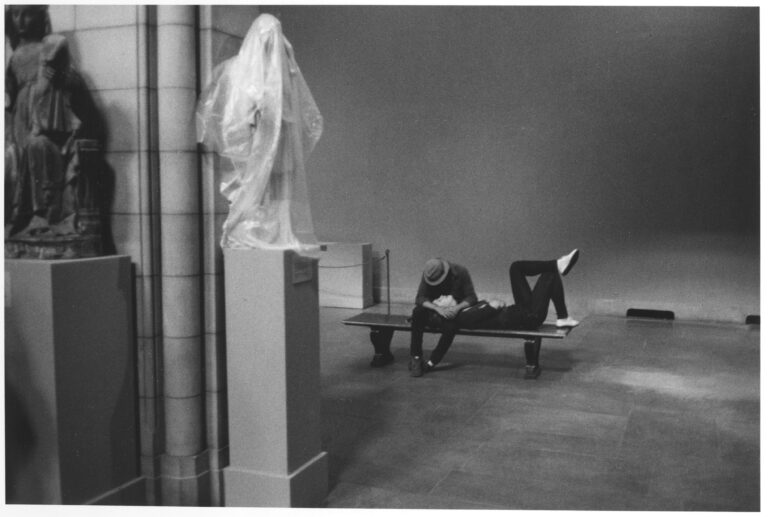
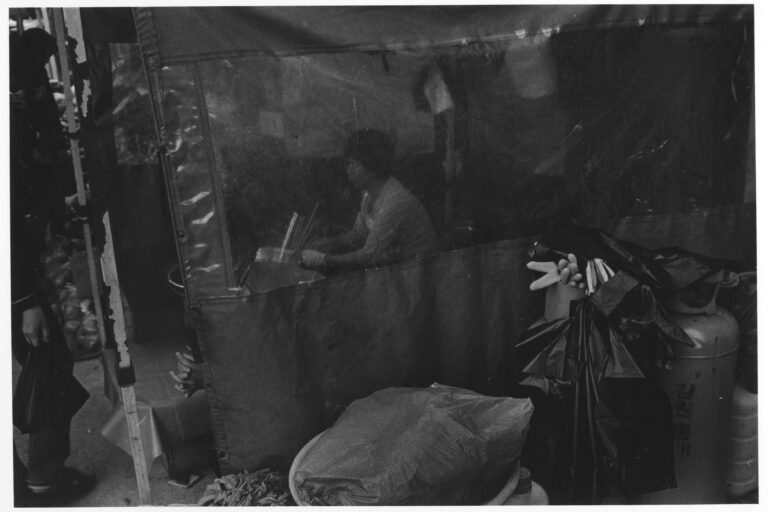
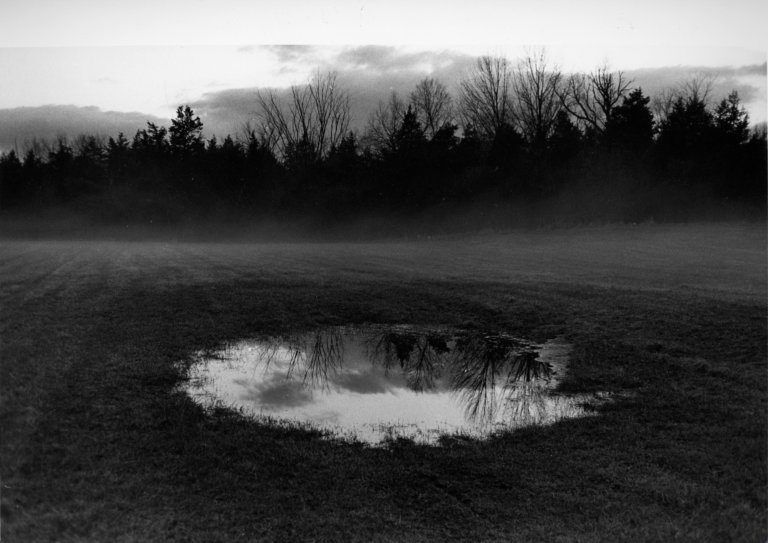
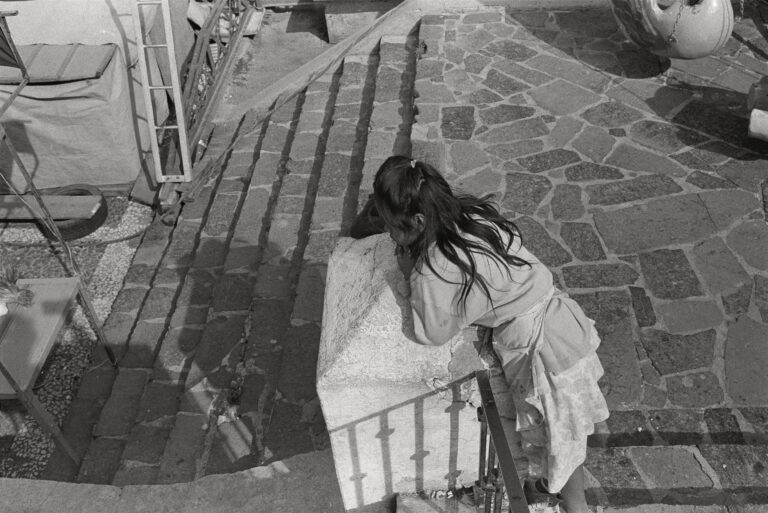
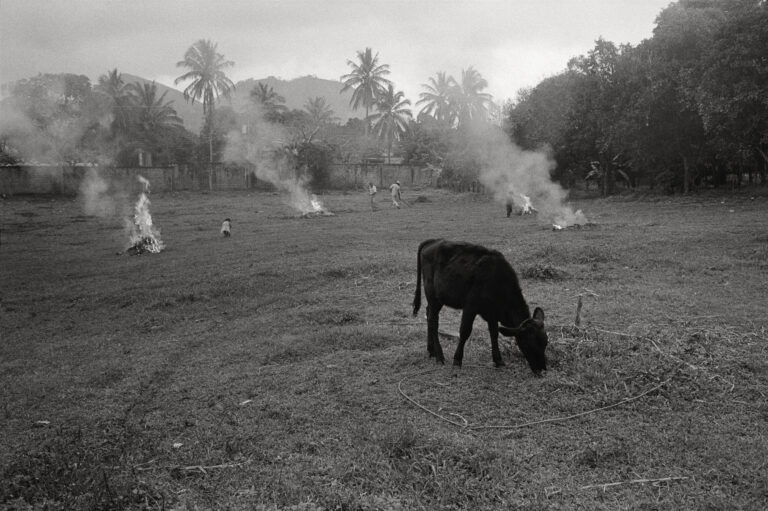
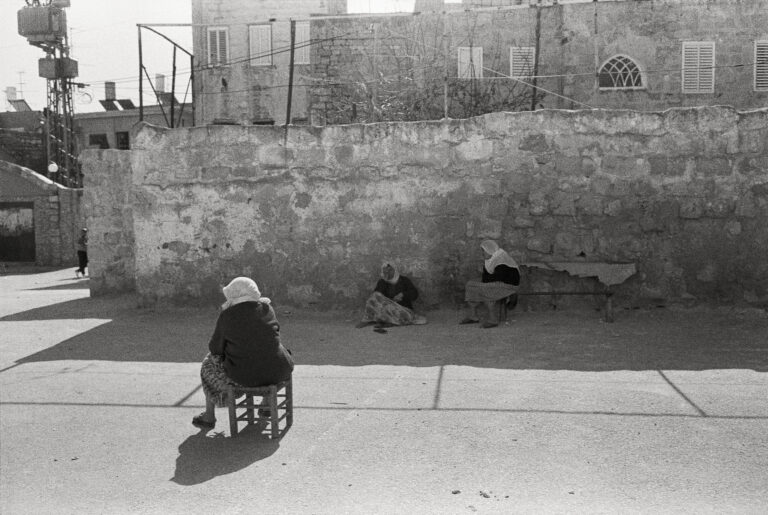
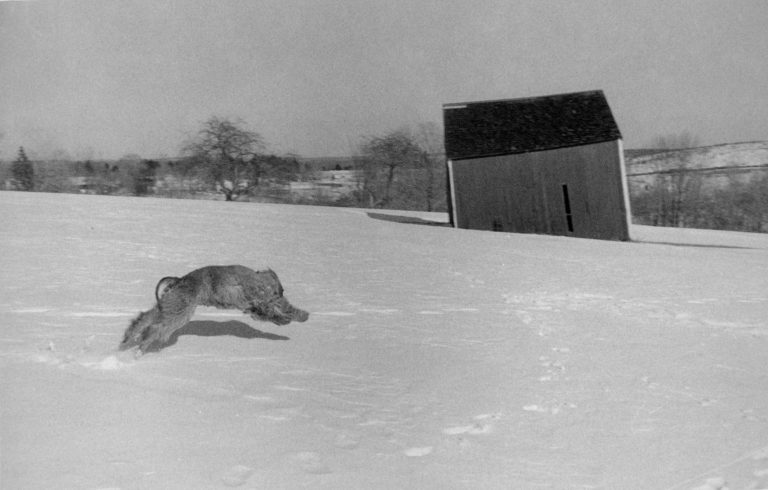
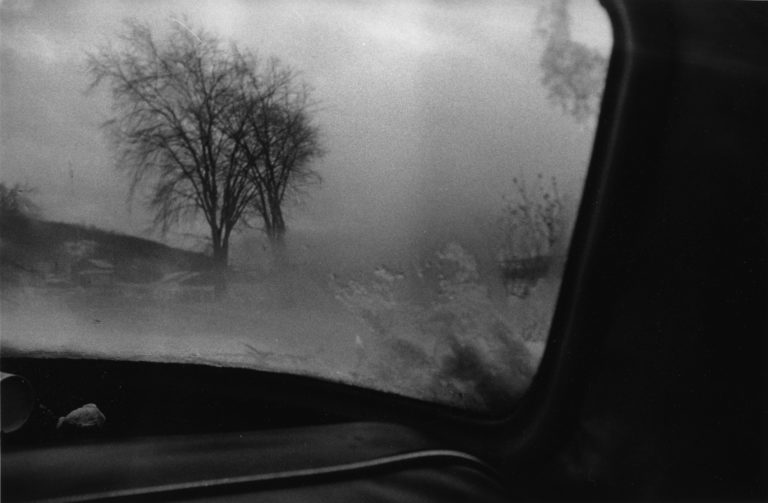

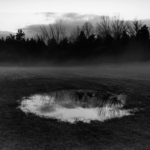
Leave a Comment